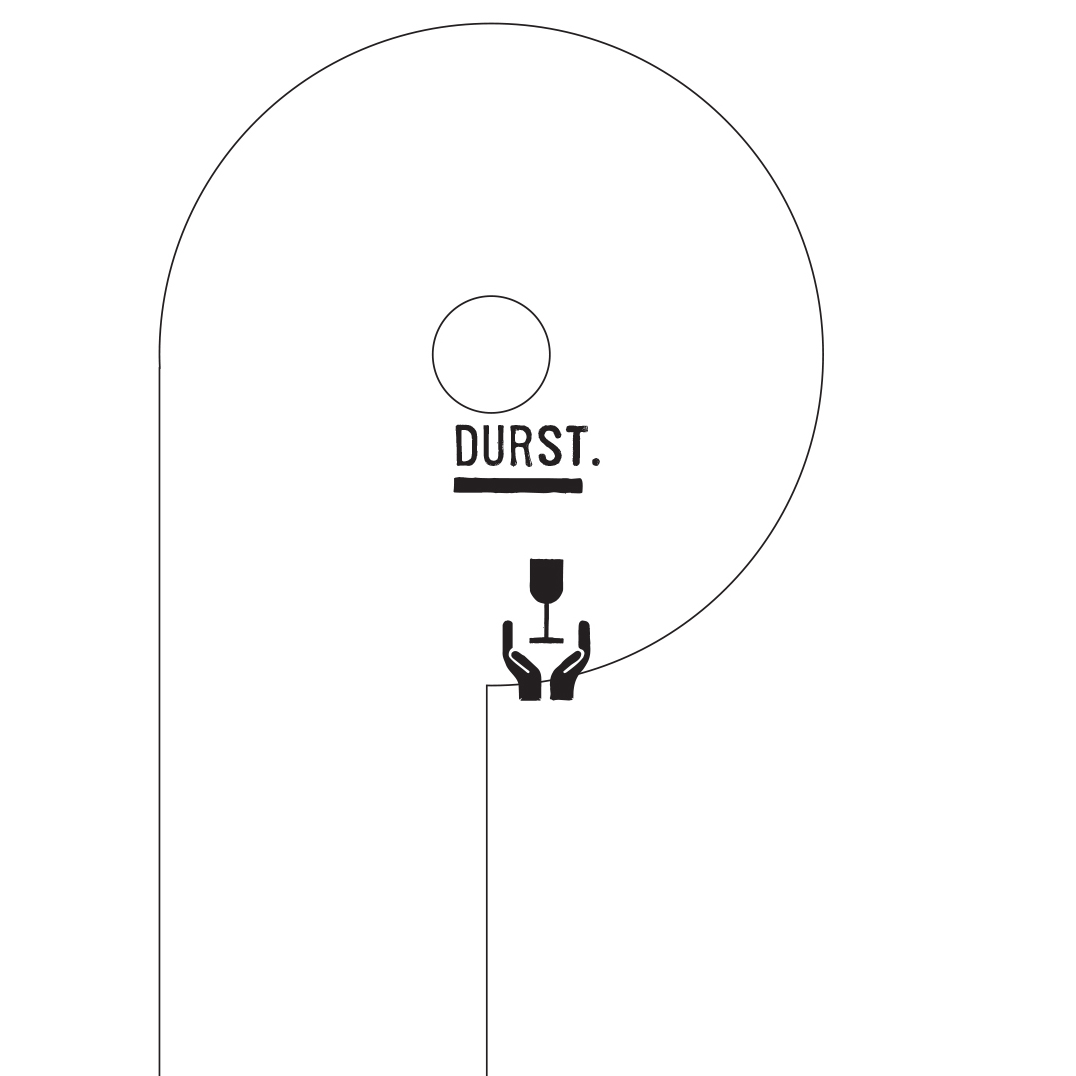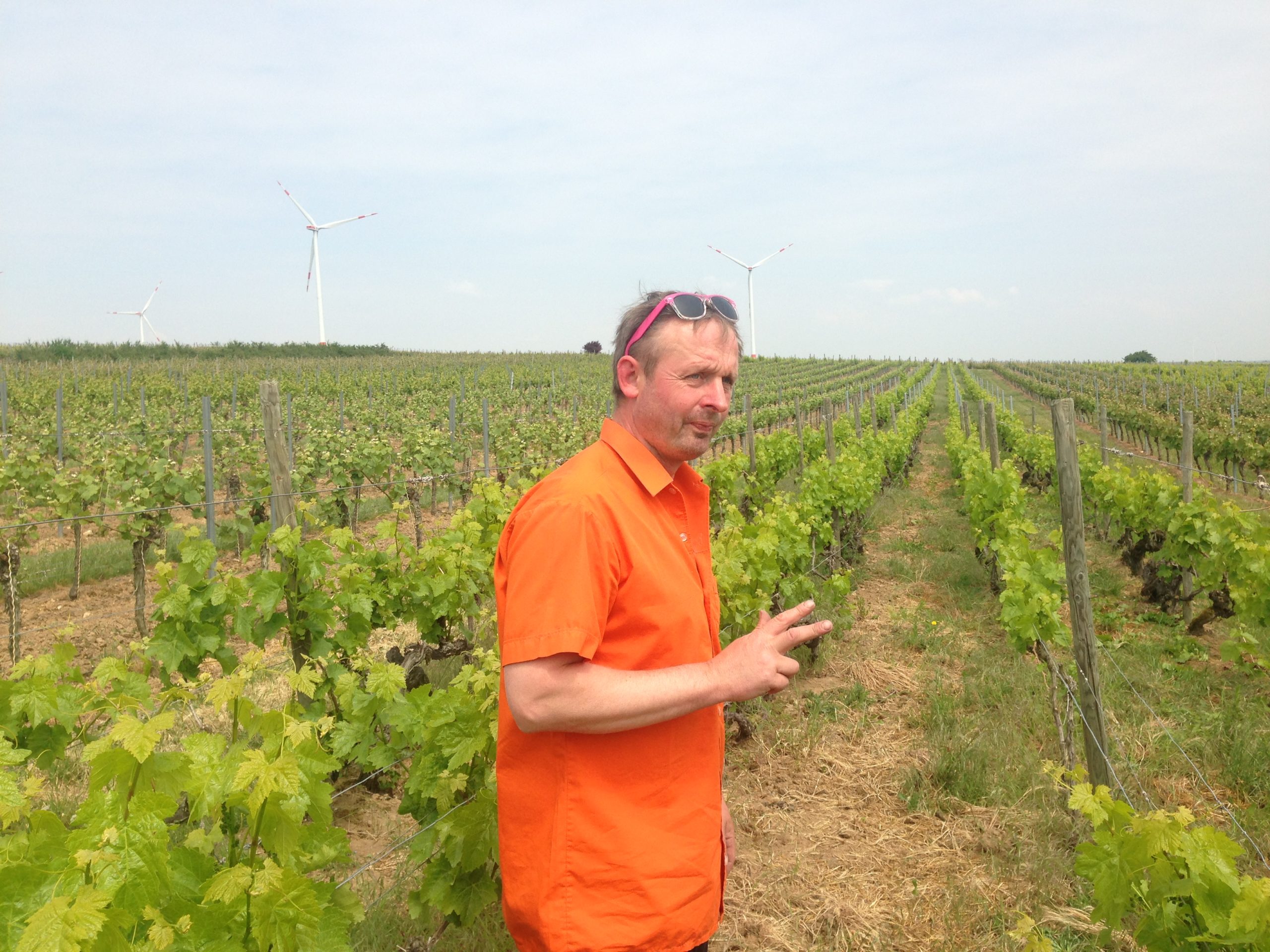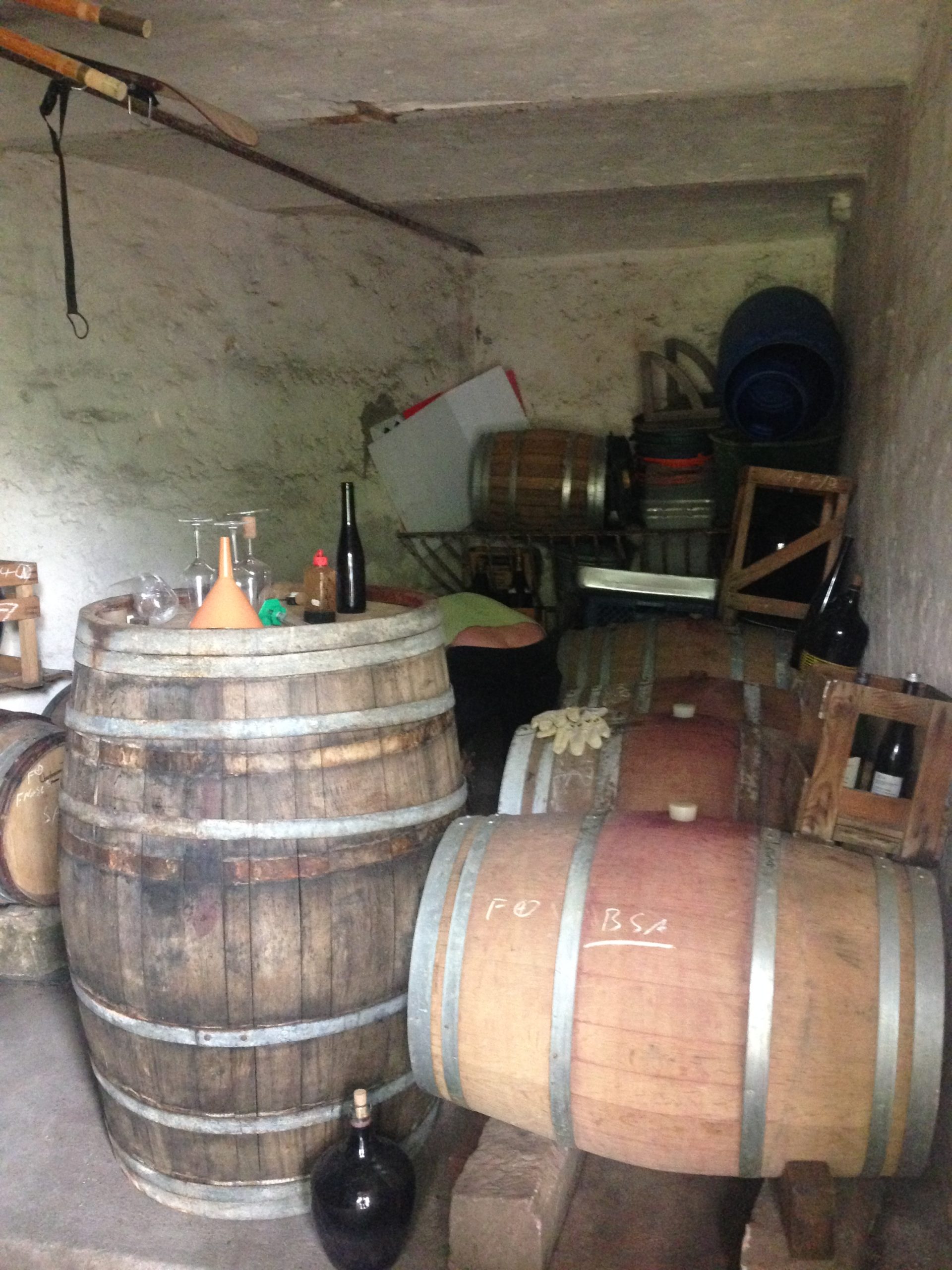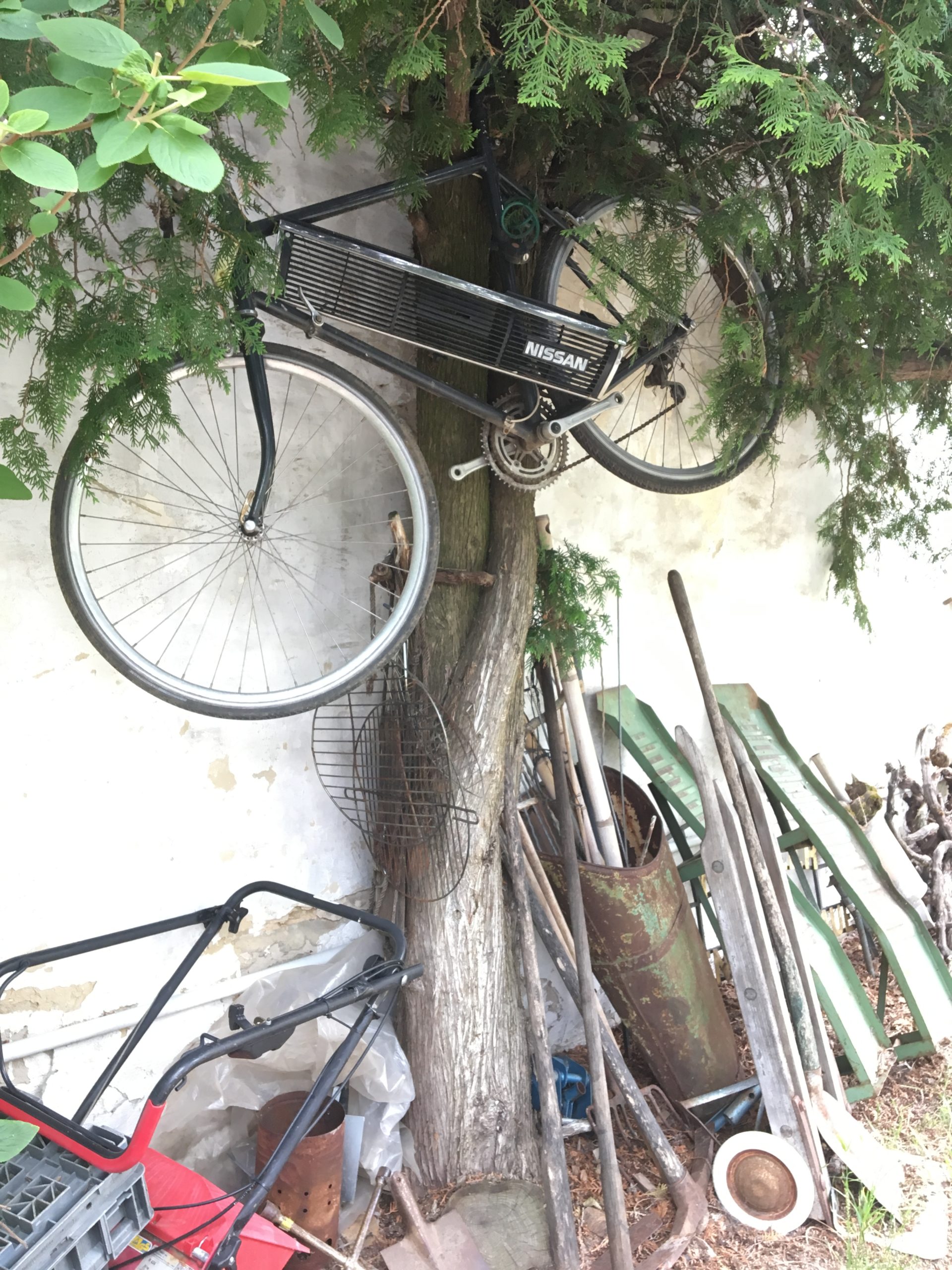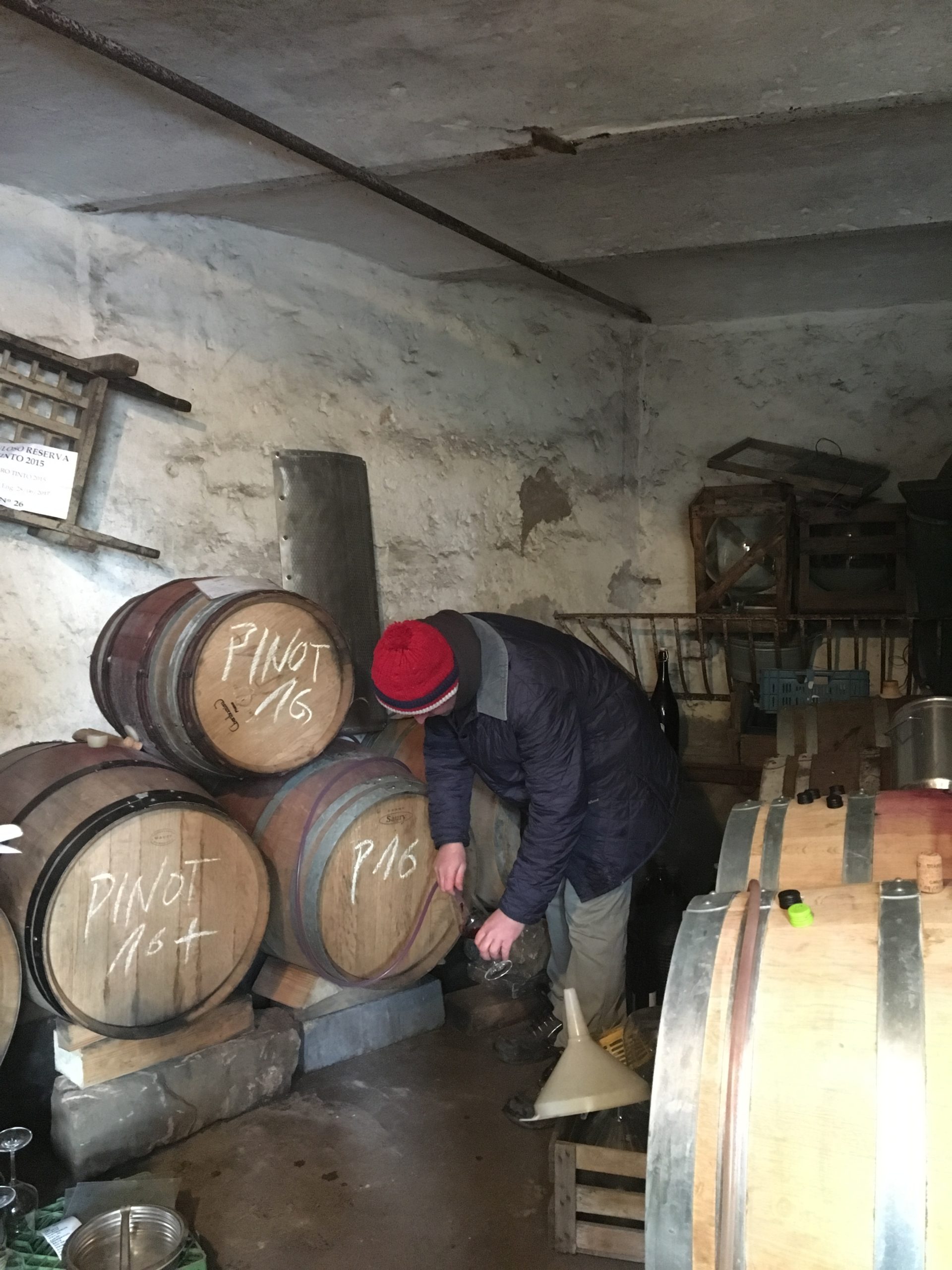Andreas Durst and how order springs from absolute chaos.
Andreas Durst is a bohemian / artist / trickster / philosopher who feels most comfortable well outside of any sort of established norm.
Setting up the context here is a bit difficult; I apologize and ask you to bear with me.
Andreas Durst is a pretty well known photographer – this is how he makes most of his money as he’s working less than a hectare in TOTAL.
Andreas moved to a forgotten part of the Pfalz, on the northern border with the Rheinhessen a few decades ago, to get closer to his true love, wine. If you’ve read the Brand brothers grower profile (they live in the same village), you already know that this region, very literally, has no identity. There aren’t even preconceptions.
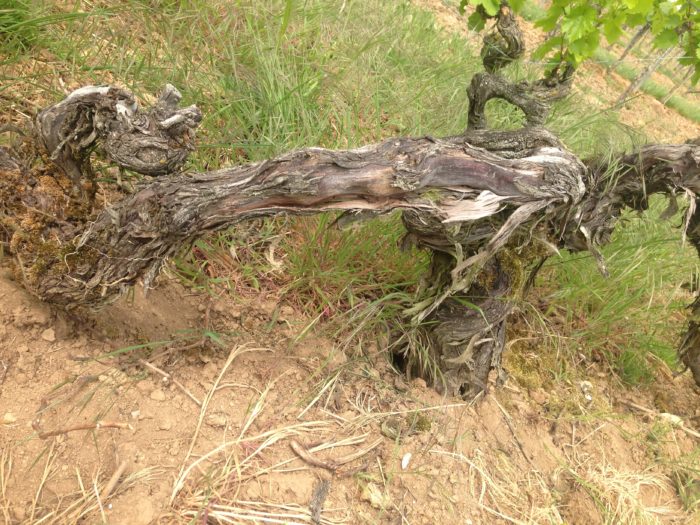 As we wrote for the Brand brothers: While we are only about five miles south of Keller’s village (Flörsheim-Dalsheim), in this short trip we cross from the Rheinhessen into the Pfalz, from fame to obscurity. The “famous” Pfalz, the Mittelhaardt region, is a good 45-minutes south. Here, however, in the north, in the Andreas Durst and the Brand brother’s village of Bockenheim, well, things are a bit quieter; the historic and gilded estates of the south, with their tended gardens and bustling tourism, give way to a quieter, more gritty, working agricultural feel in the north.
As we wrote for the Brand brothers: While we are only about five miles south of Keller’s village (Flörsheim-Dalsheim), in this short trip we cross from the Rheinhessen into the Pfalz, from fame to obscurity. The “famous” Pfalz, the Mittelhaardt region, is a good 45-minutes south. Here, however, in the north, in the Andreas Durst and the Brand brother’s village of Bockenheim, well, things are a bit quieter; the historic and gilded estates of the south, with their tended gardens and bustling tourism, give way to a quieter, more gritty, working agricultural feel in the north.
Even in our twisted little world of small-scale winemaking, Andreas pushes the limits. As stated above, he farms less than a hectare, making, in total each year, a ceramic tank or two of Sylvaner, a barrel of Portugieser (among the greatest made in Germany if not the absolute greatest) and a few barrels of Pinot Noir. Everything is made in an old barn behind his house (pictured right) and it’s a few hundred cases, total.
Never say never, but at the moment let’s just say we will *never* have any core wines from Andreas. We will taste with him in the middle of his family room, listen to some jazz on vinyl and eat way too much. We will laugh a lot with Andreas. We will be amazed (hopefully) by some of the wines and order as much as we can. And then we’ll offer them to you and that’s about it.
In contrast to Germany’s myopic focus on Riesling, Andreas is fascinated by the periphery – by the grapes and traditions no longer in vogue. Riesling was often blended with Sylvaner – this isn’t done so much anymore because Riesling is more valuable on its own. For this reason, Andreas blends it and we get his tongue-in-cheek “AngelDust.”
Portugieser, long used to make horrible semi-sweet, rosé-like wines gulped up by tourists for 1-2 Euro a bottle, can be noble. Andreas makes the greatest Portugieser I’ve ever had – sourced from a small vineyard on solid limestone with ungrafted Portugieser vines over 110 years old (planted in 1906 to be exact – and photographed above, magnificent beasts they are).
And the Pinot Noir – well, I dunno why or how, but it’s superb. Limestone and Pinot go well together but Andreas’ minimalism helps.
All vineyard work is organic and done by hand. Cellar work is minimalist with all natural yeast fermentations, old wooden barrels with one ceramic tank. Sulfur use is sparing.
Small-scale production with very old vines and very small yields is not a way to make value wines, this much is obvious. Still, we think these wine deliver and the soul and spirit of this type of viticulture is important.
